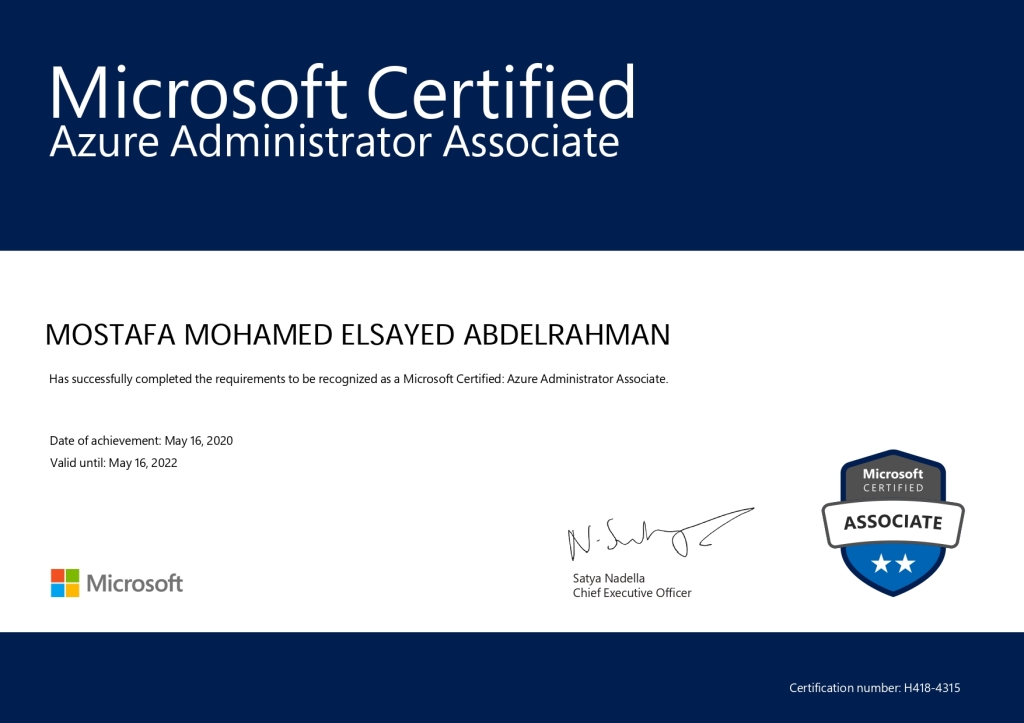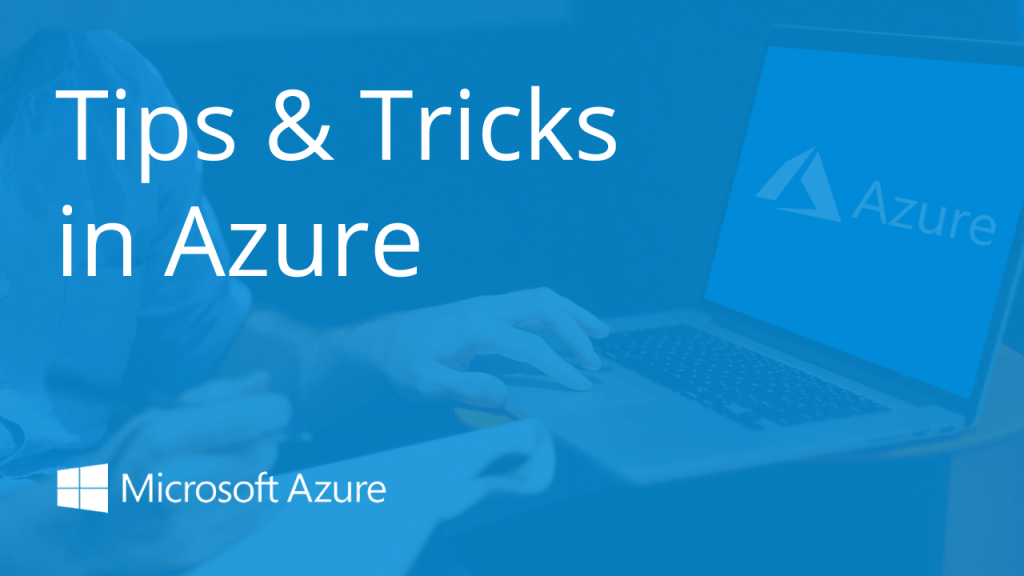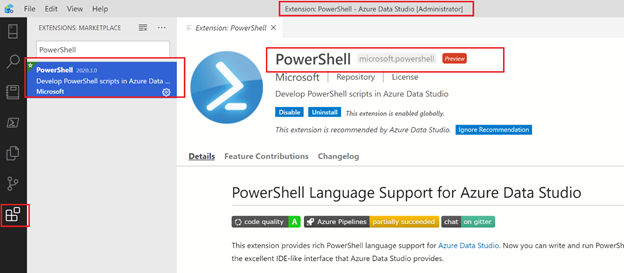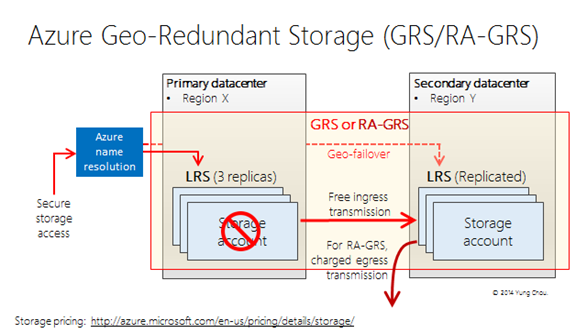Introduction
SQL Server deadlock one of the issues that can be happened in any SQL Server, today in this article I will not explain what is Deadlock and How we can solve it but the main purpose of this article is sharing the scripts I am using it for monitoring this kind of process let us start
It will be great if you share with us your experiences and your scripts in the comment
- Demo Preparation
- Database Configuration
- Extended Event Implementation
- SQL Server Custom Jobs Implementation
- Deadlock Simulation
- Capture the Deadlock information using SQL Server profiler
- Capture the Deadlock information using SQL Server Error Log
- Capture the Deadlock information using SQL Server Extended Event
- Capture the Deadlock information using System_Health Default Extended event
- Capture the Deadlock counts per Day
- Capture the Deadlock information using SQL Server Custom Jobs
- Check the Row Lock Blocking Info
- Other Scripts for Monitoring

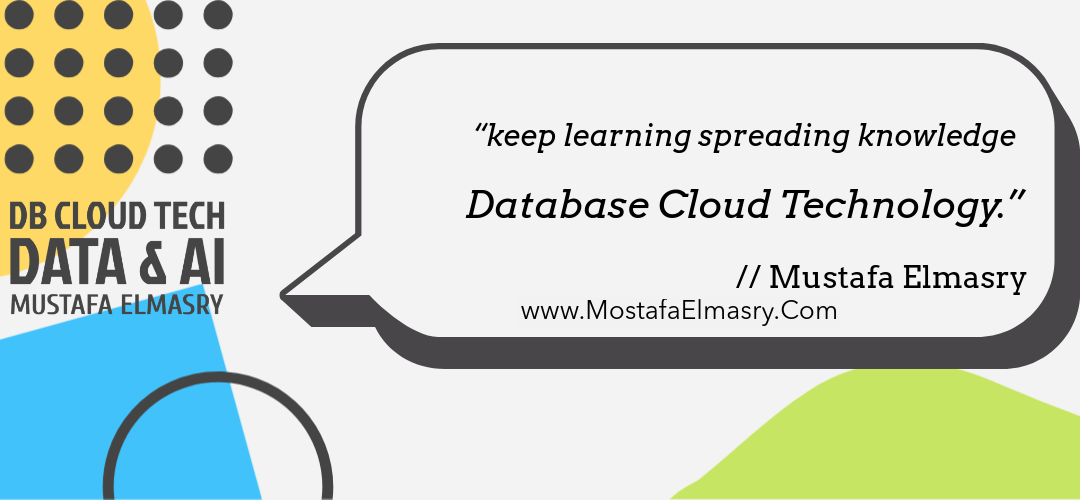


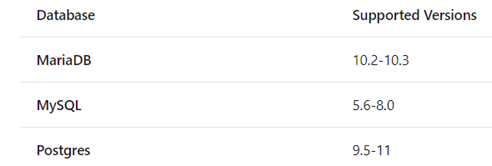

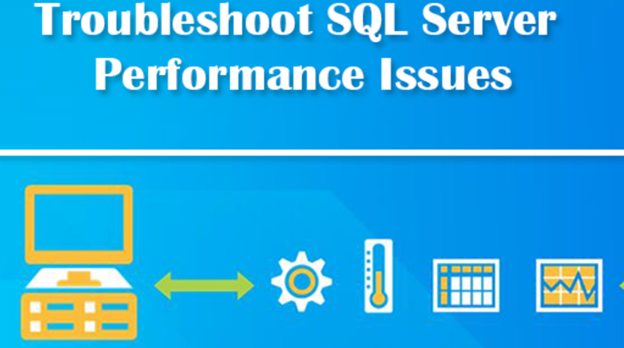

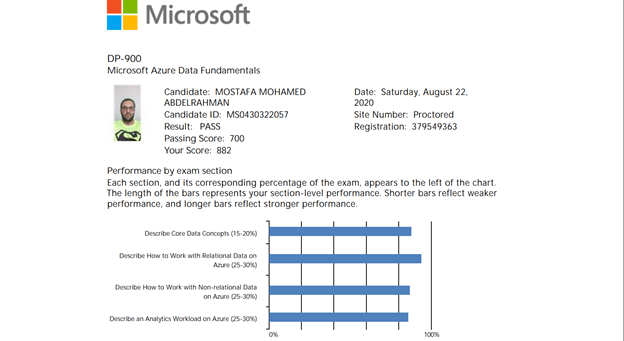
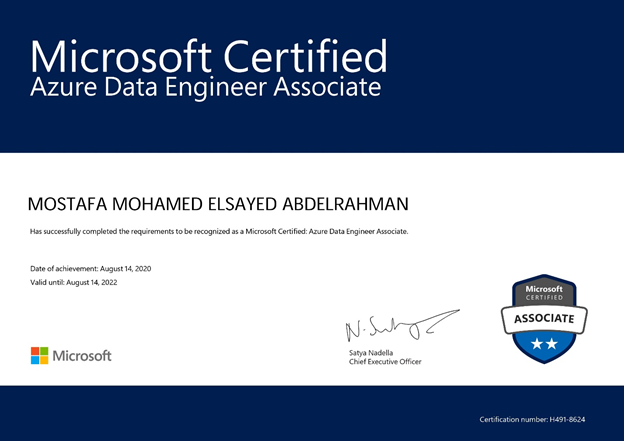
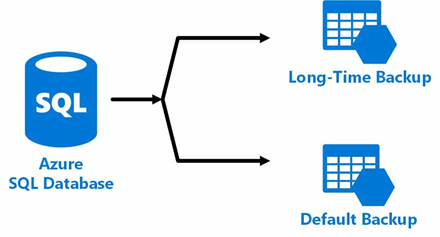
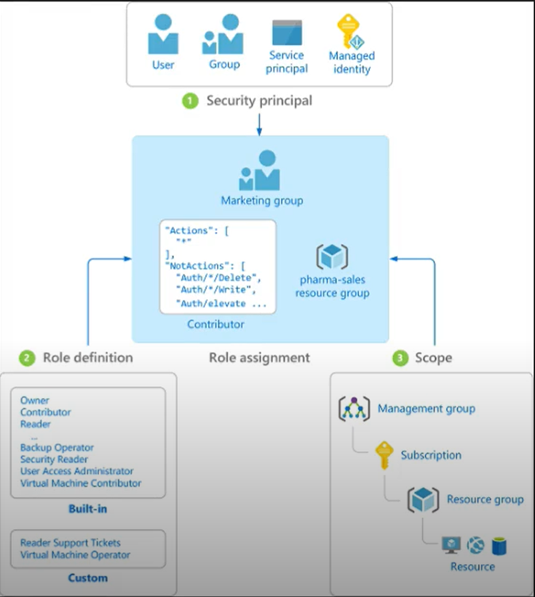
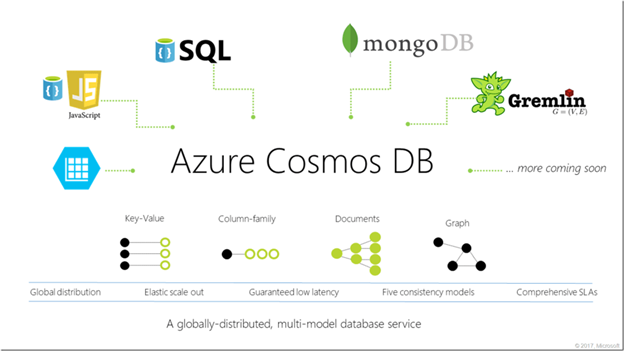
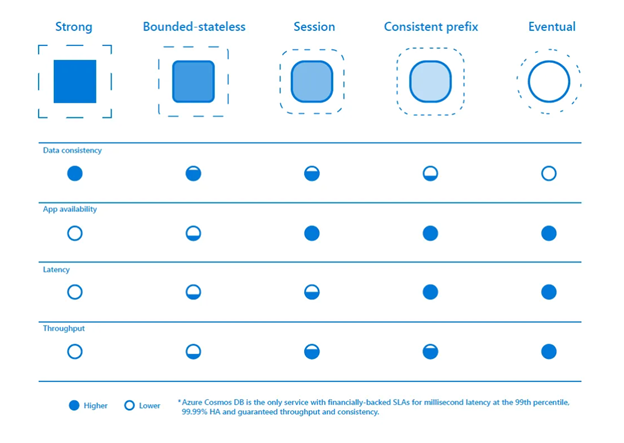
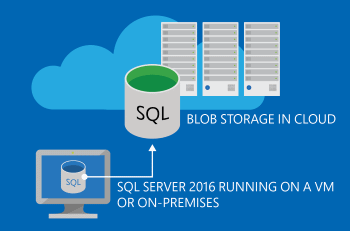

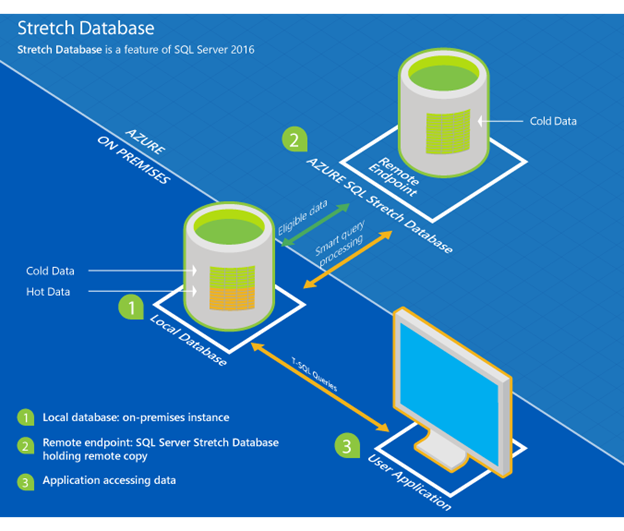


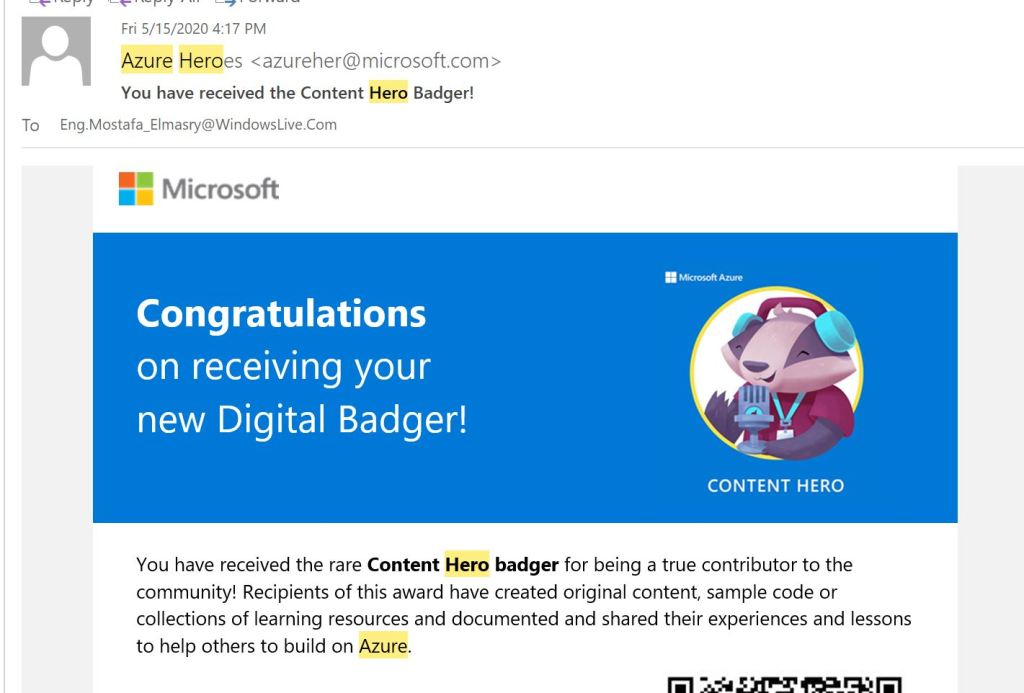
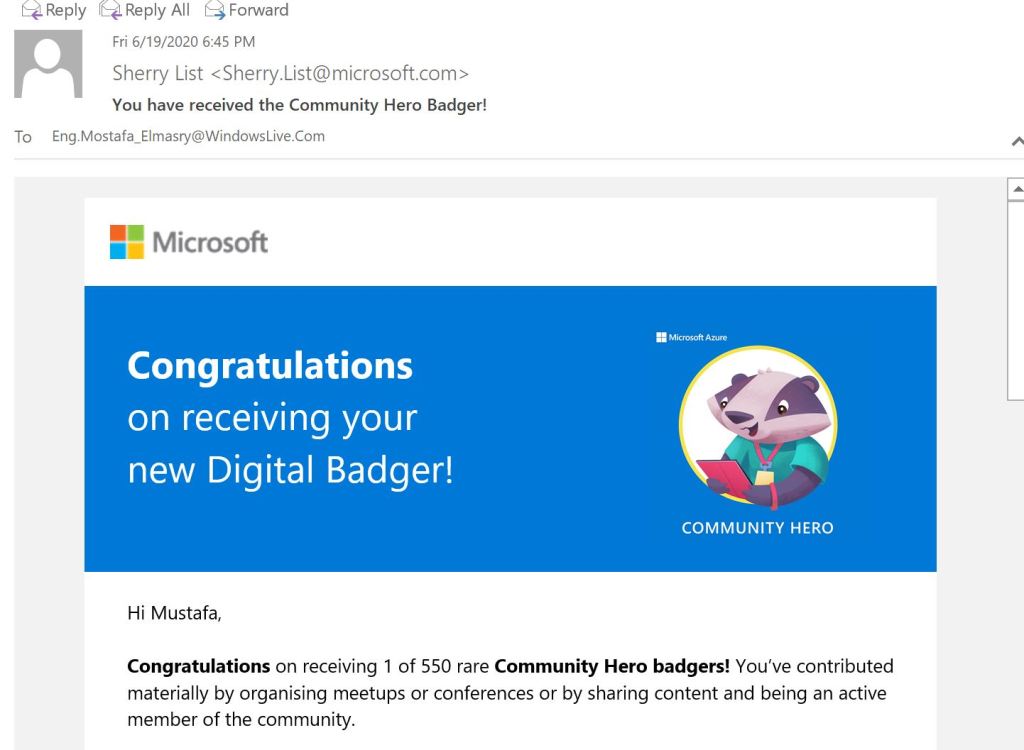
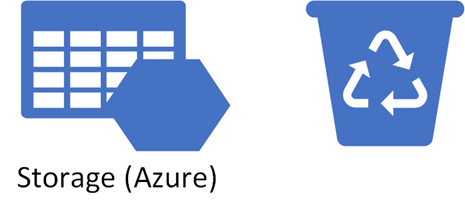
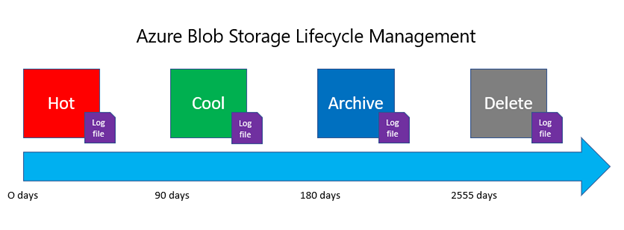
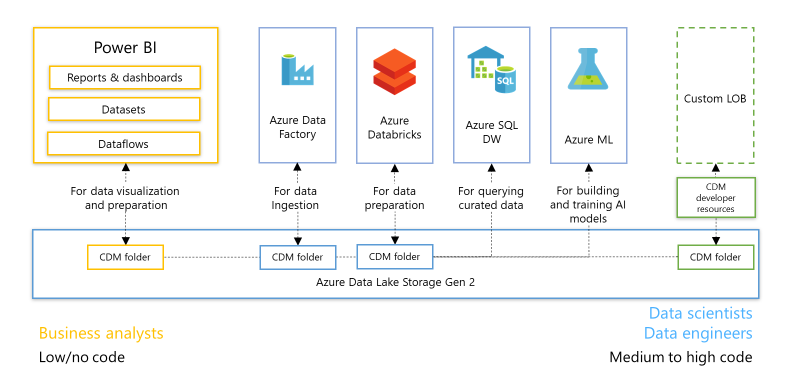
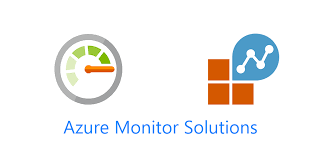
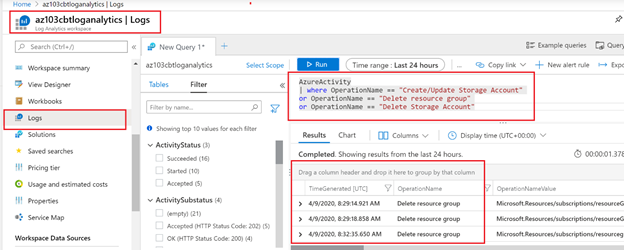



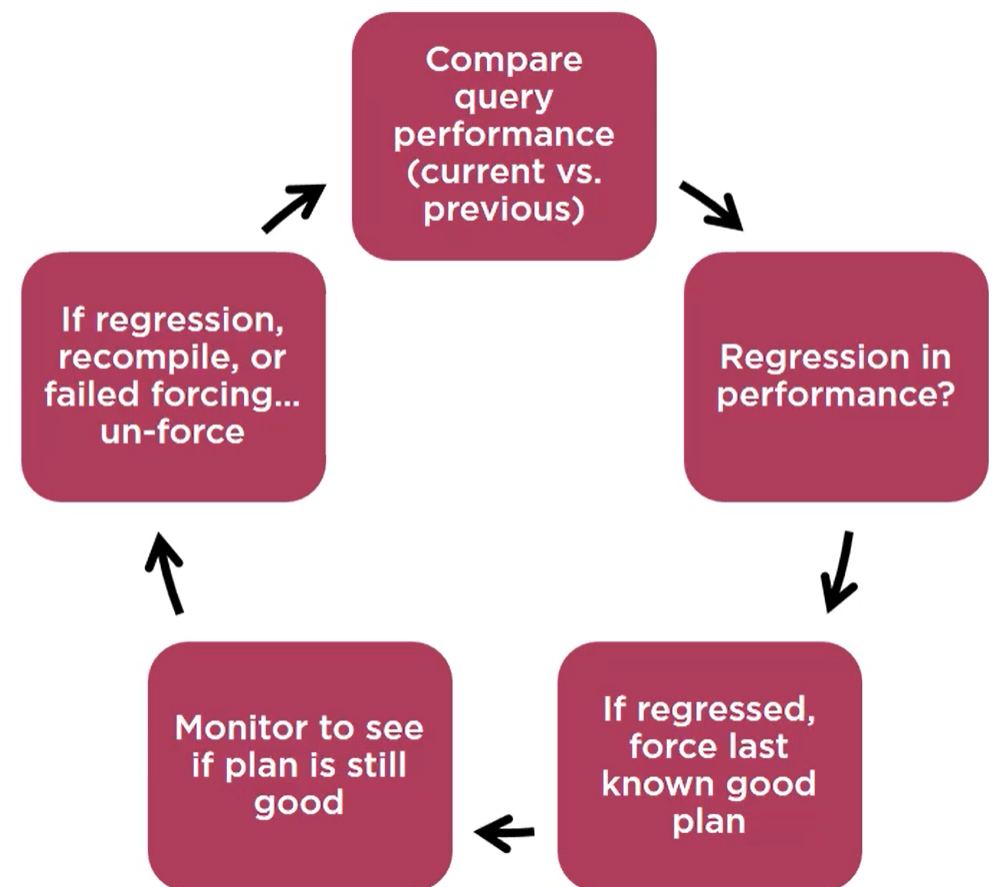
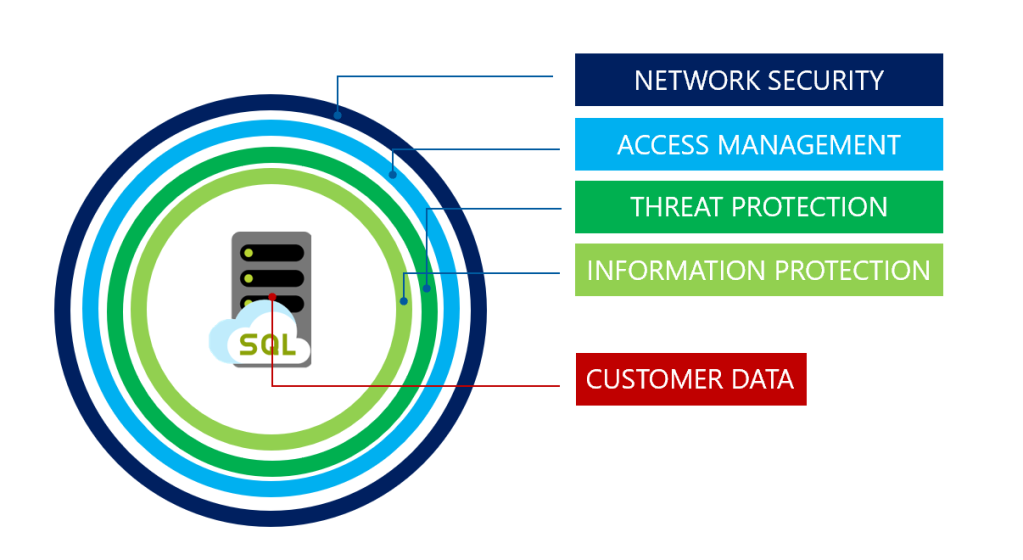
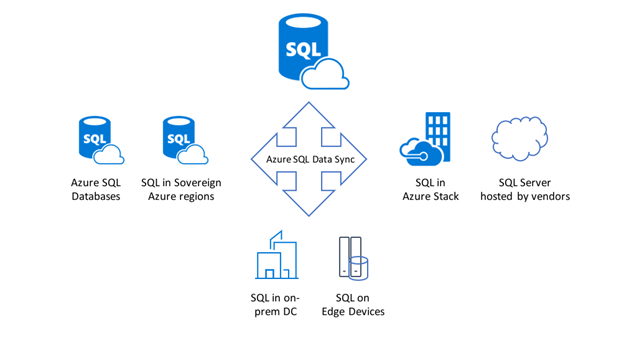
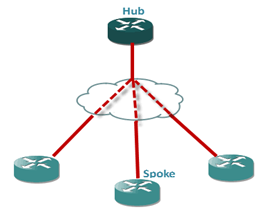
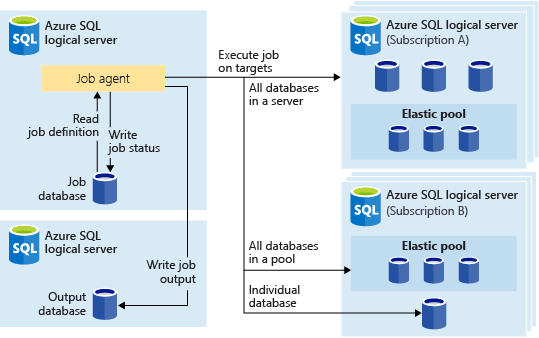

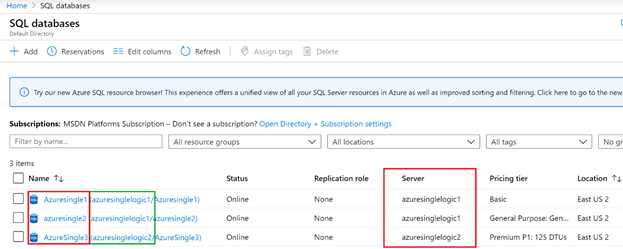


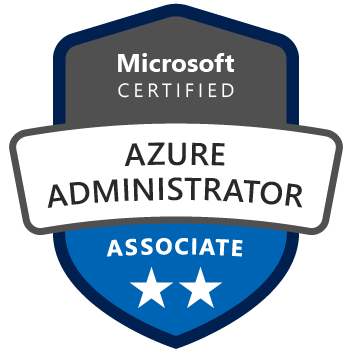 My Name Is Mustafa Elmasry I am Database Consultant MCTS, MCTIP, MCSA, MCSE, MCT for more information about me check this
My Name Is Mustafa Elmasry I am Database Consultant MCTS, MCTIP, MCSA, MCSE, MCT for more information about me check this 